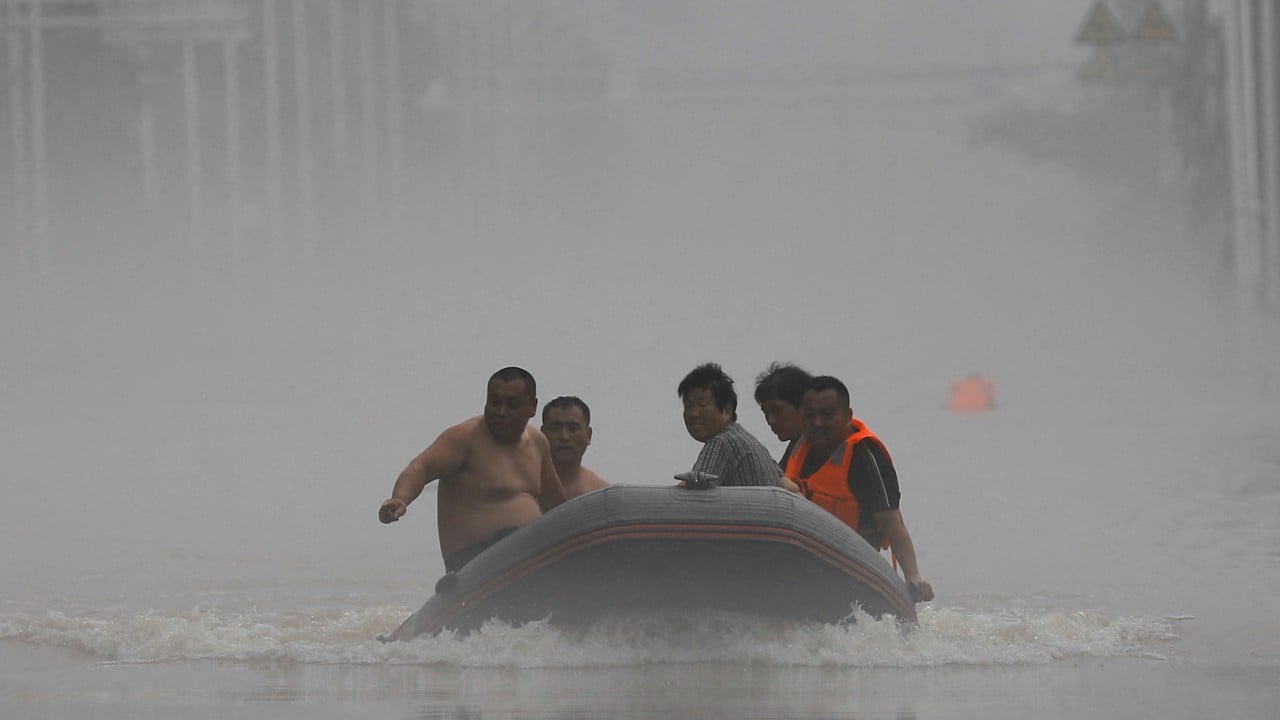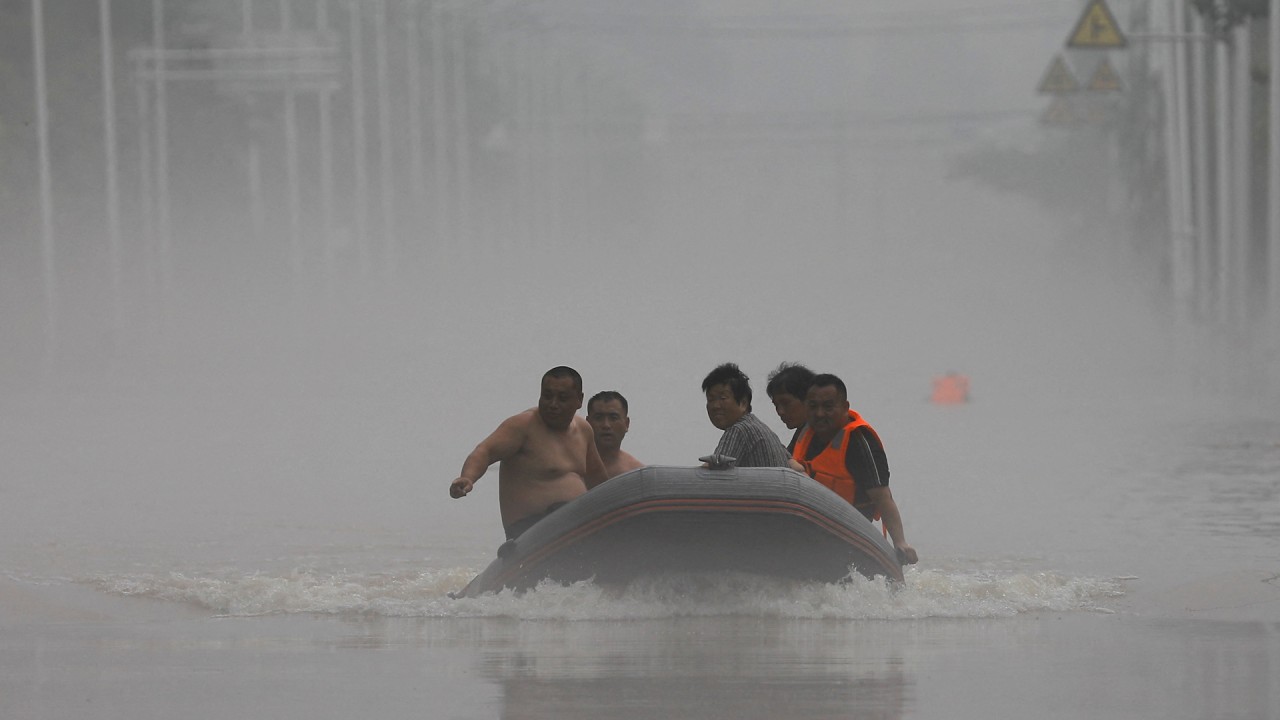China’s quest for food security is increasingly being challenged by extreme weather, as torrential rain and floods have battered much of the country in recent weeks, threatening productivity of a farming industry that already lacks efficiency.
The central government on Tuesday issued 238 million yuan (US$32.8 million) in emergency funding for recovery in agricultural production in five provinces, including the central region of Hunan – a rice production base which has encountered multiple river dyke breaches over the past month.
The money is intended to help curb agricultural losses and “lay a solid foundation for a bumper autumn grain harvest”, which would account for the bulk of the year’s food output, said the Ministry of Finance and Ministry of Agriculture and Rural Affairs in a joint statement.
Increased occurrences of extreme weather events in recent years have compounded stress on China’s food self-sufficiency drive, which Beijing has placed unprecedented emphasis on to feed its 1.4 billion people amid an increasingly uncertain global market.
“We’ve been hit by natural disasters really frequently since 2020, which exerted a quite big impact on production of a series of staple foods including wheat and rice,” said Steven Jiang, an analyst with Zhengzhou-based agricultural information provider Cngrain.
Yields of early-season rice – a major food being harvested in central and southern China – are set to drop due to unfavourable weather, including low temperature, poor light, rain washing the rice flowers and waterlogging since March, he added.
This came after serious flooding in the northeast in August last year, the worst torrential rain in a decade in Henan province in late May last year, a rare heatwave that lasted over 70 days in the middle and lower reaches of the Yangtze River in the summer of 2022 and a major flood in the same region in 2020.
So far this year, over 120 rivers across China have experienced floods above warning levels due to heavy rainfall, including five that witnessed the worst since measured data was available, according to the Ministry of Water Resources.
China is seeing a larger area of crops affected by disasters compared with last year, newly appointed agriculture minister Han Jun said last week.
But the size of the seriously stricken – defined as those witnessing a drop in production by a third – saw a slight drop from the same period last year, he added.
There is still some gap with the international advanced level,
Technological advancement – a major factor for farmers to tackle climate change – contributed to 63.2 per cent of China’s growth in agriculture last year, according to Han.
“There is still some gap with the international advanced level,” he said, while noting this was already up by 10 percentage points compared with 2012.
An example of low efficiency in Chinese farming practices that is frequently cited by officials is that the per unit yield of corn and soybeans is just around 60 per cent compared to the United States.
China has been heavily relying on the US market for soybeans, but a nationwide campaign to increase sowing acreage in recent years has seen the self-reliance rate climb by “nearly 4 percentage points” within two years, said Han.
According to the agriculture ministry, only about 15 per cent of the oil seeds China consumed in 2021 were grown domestically.
China is under mounting pressure to increase its food output after a steady growth in cumulative annual grain production since 2018, with a record high of 695.4 million tonnes registered last year.
The government has vowed to keep production above 650 million tonnes this year.



